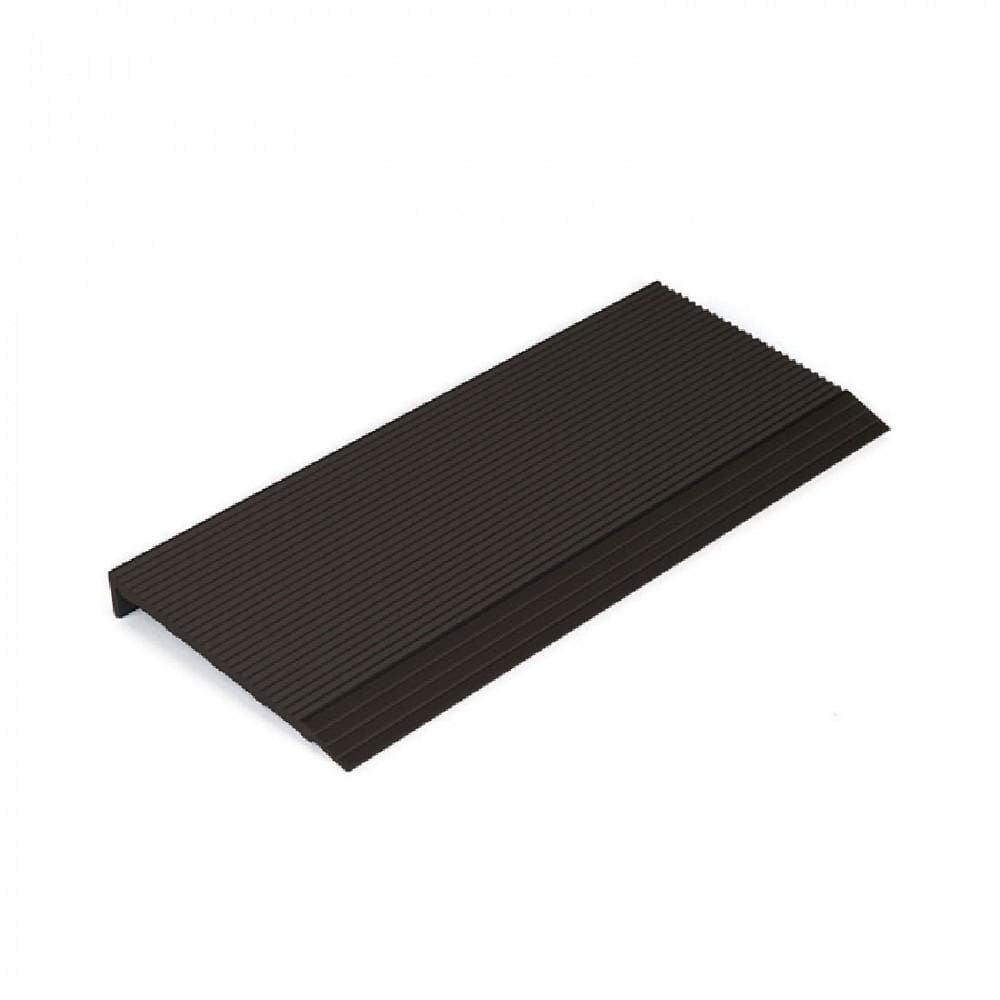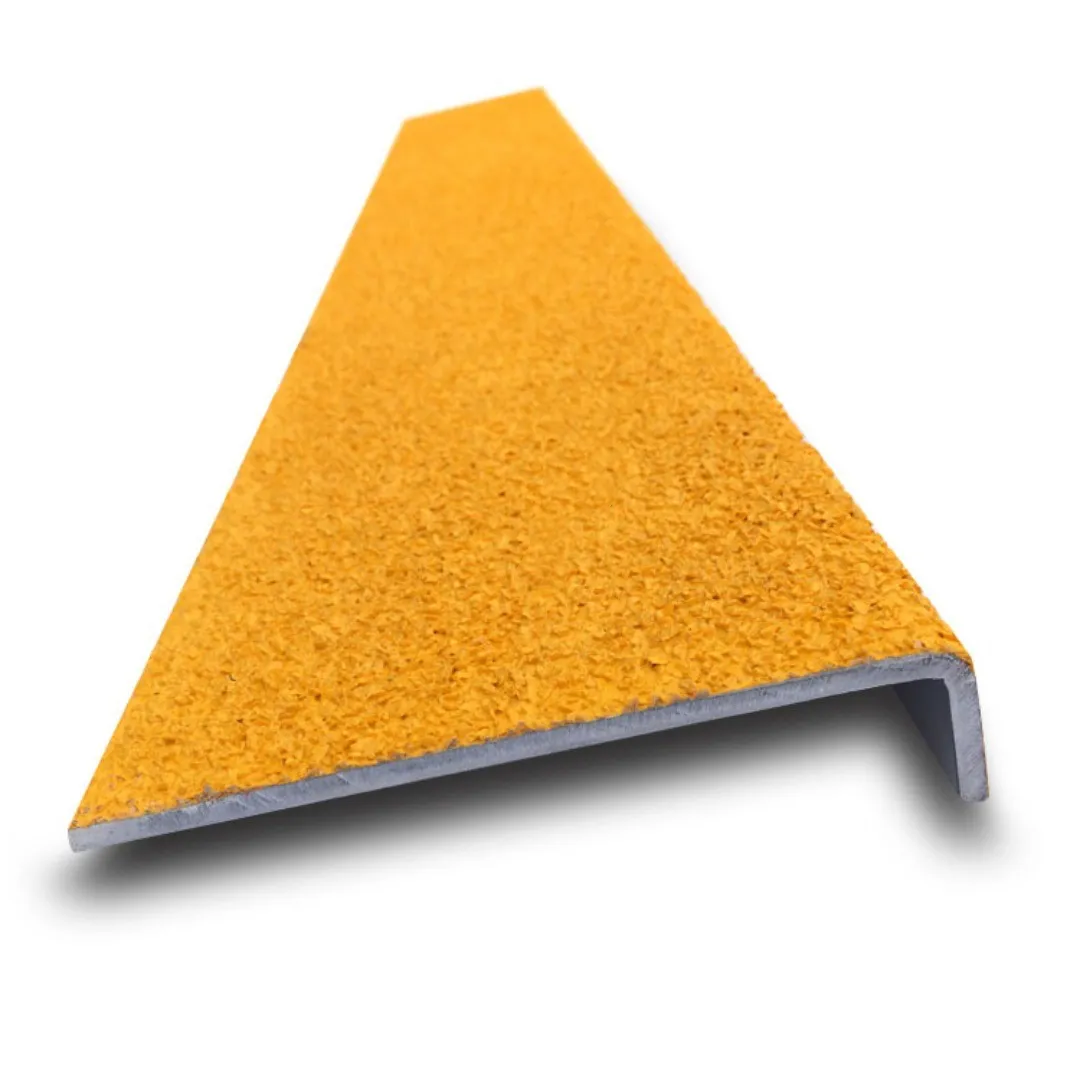
Great things in business are never done by one person. They’re done by a team of people. We have that dynamic group of peoples
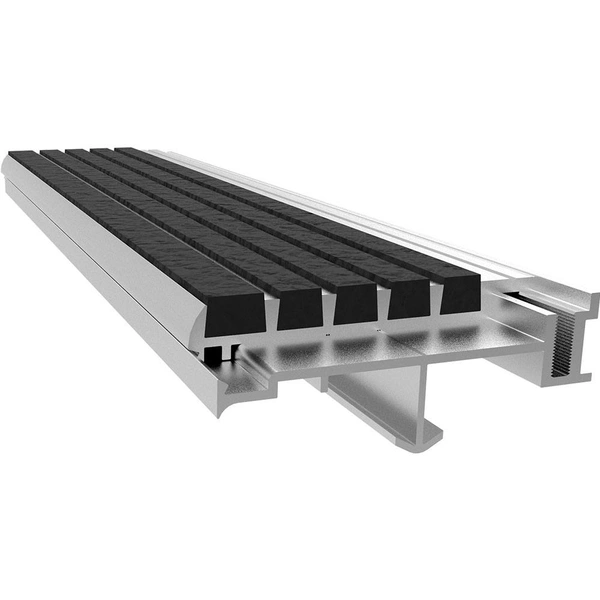
The Role of Stair Treads in Home Resale Value
Stair Treads in Home Resale Value: Explore the evolution, sustainability, and design of custom two-part stair treads. China Factory and great quality and price.
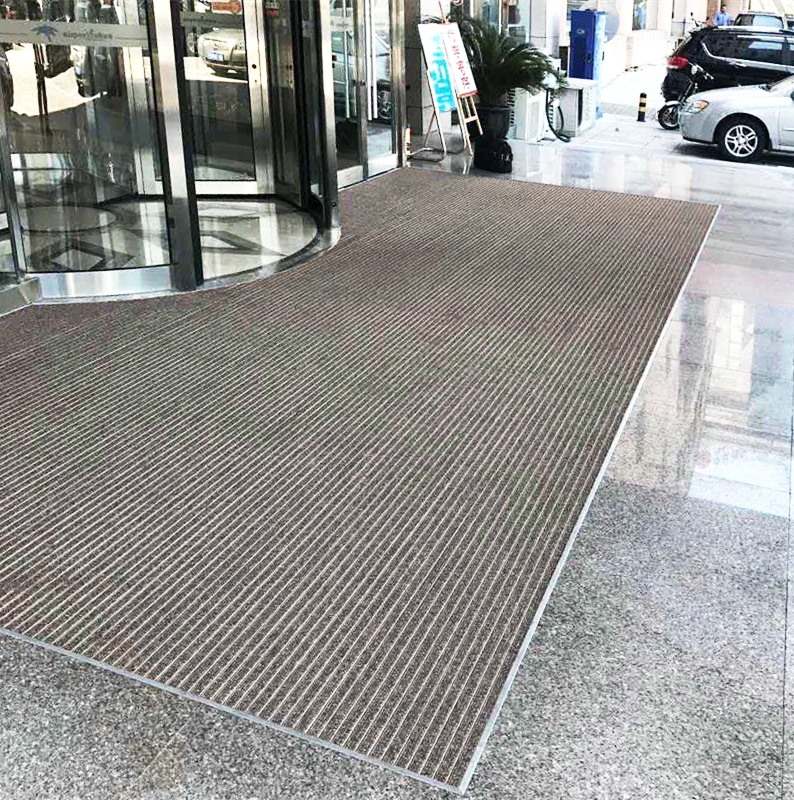
The Safety Benefits Of Aluminum Entrance Matting
Entrance matting promots safety and health, the key aspects include preventing slips and falls, minimizing dirt and contaminants and enhancing air quality.
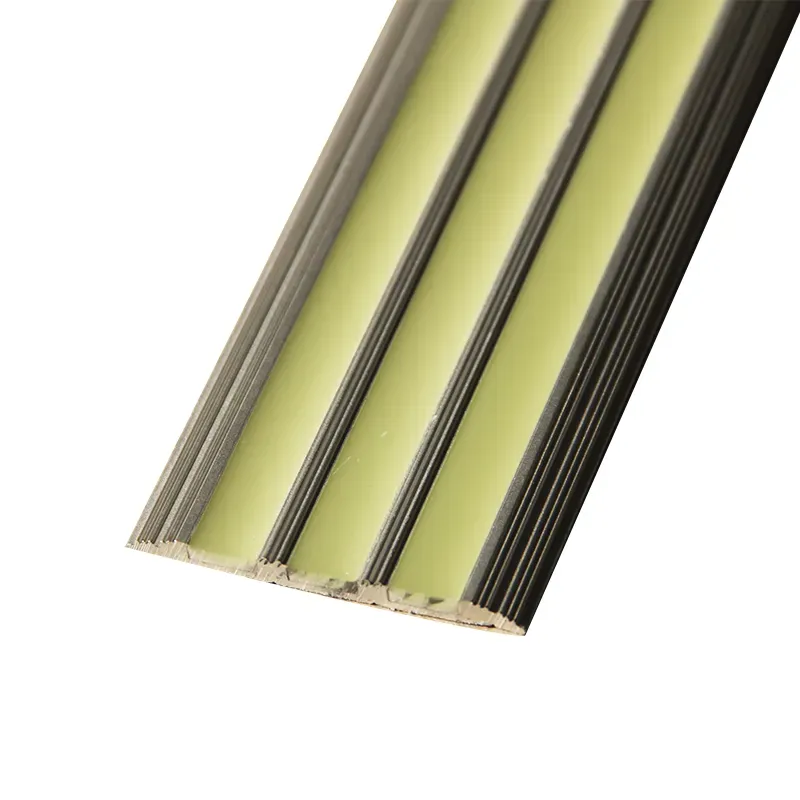
The Cost of Photoluminescent Stair Nosing
Compare the cost of Photoluminescent Stair Nosing to traditional stair nosing, considering initial purchase, installation, and long-term maintenance.



